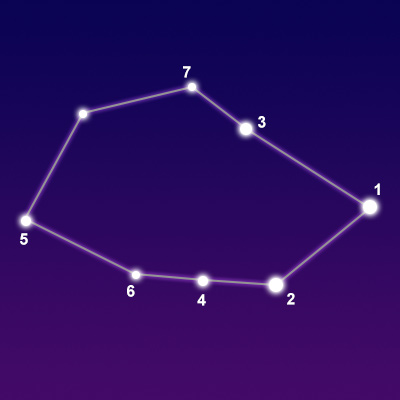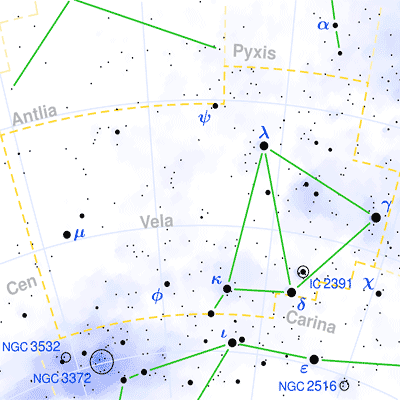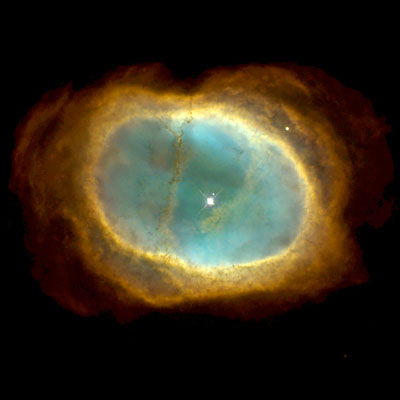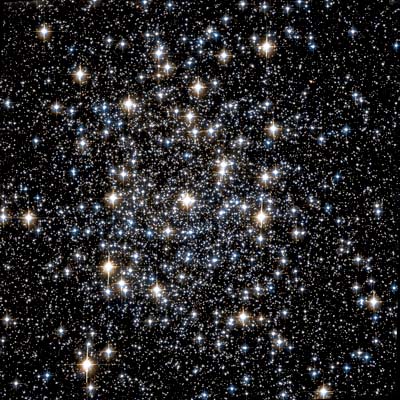Pronunciation:
(VEE-luh)Abbreviation:
VelGenitive:
VelorumRight Ascension:
9 hoursDeclination:
-50 degreesArea in Square Degrees:
500Crosses Meridian:
9 PM, March 25Visible Between Latitudes:
30 and -90 degreesThe constellation Vela, the sails, is located in the southern hemisphere of the sky. It is completely visible at latitudes south of 30 degrees from January through March. It is a mid-sized constellation covering an area of 500 square degrees. It ranks 32nd in size among the 88 constellations in the night sky. It is bordered by Antlia and Pyxis to the north, Puppis to the northwest, Carina to the south and southwest, and Centaurus to the east.
Vela means “the sails” in Latin. It was once part of a larger constellation known as Argo Navis. This large constellation represented the great ship that Jason and the Argonauts sailed during their voyage to find the golden fleece. Argo Navis was one of the 48 constellations first listed by the Greek astronomer Ptolemy in the second century. This constellation was later divided by the French astronomer Nicolas Louis de Lacaille into three smaller parts. Vela became the Sails, Carina the Keel, and Puppis the Stern. These three smaller constellations were added to the official list of modern constellations in the early 20th century by the International Astronomical Union (IAU).

of interest below © Sea and Sky

© Torsten Bronger CC BY-SA 3.0
Koo She
Suhail
Markeb
Mu Velorum
Tseen Kee
Psi Velorum
"Bow and Arrows"
"Smooth Plain"
"Something to Ride"
N/A
"Star Charts"
N/A
Triple Star System
Orange Supergiant Star
Binary Star System
Binary Star System
Blue-White Supergiant Star
Binary Star System
1.99
2.21
2.48
2.69
3.52
3.60
Vela contains a number of stars brighter than magnitude 3. The brightest star in the constellation is known as Suhail al Muhlif with a visual magnitude of 1.83. It is a multiple star system composed of at least six stars. It is located approximately 336 light years from Earth. The second brightest star is Koo She with a magnitude of 1.99. It is a triple star system located about 80 light years from our solar system. The third brightest star is called Suhail with a magnitude of 2.21. It is an orange supergiant star that lies approximately 545 light years distant.
Vela contains no Messier objects, but it does contain a number of notable deep-sky objects. The Eight-Burst Nebula, also known as the Southern Ring Nebula, is a bright, rainbow-colored planetary nebula that bears a strong resemblance to the Ring Nebula in the constellation Lyra. The Gum Nebula is a large emission nebula that spans an area of 40 degrees in the sky. Gum 19 is a nebula where new stars are forming. NGC 3201 is a globular star cluster that contains thousands of individual stars. NGC 2547 is an open star cluster that contains a number of young, blue stars. Most of these objects can be see with binoculars or a small telescope.

by the Hubble Space Telescope

the Hubble Space Telescope



